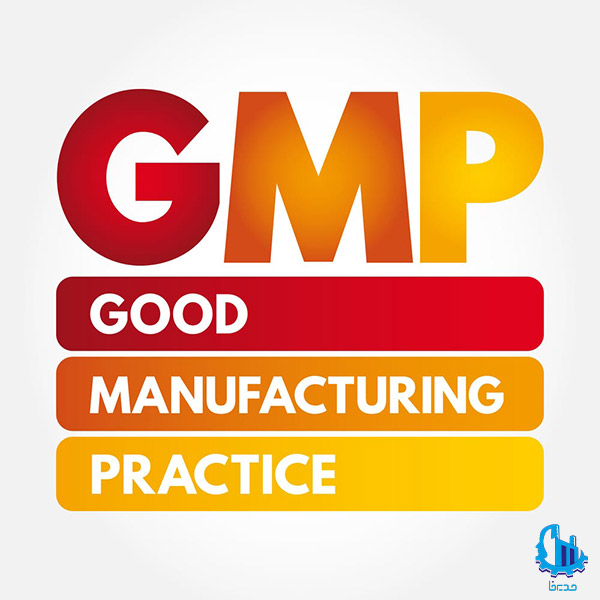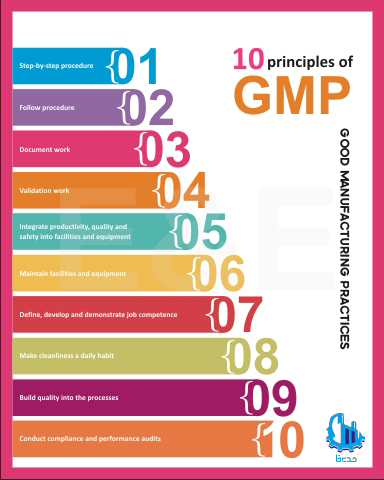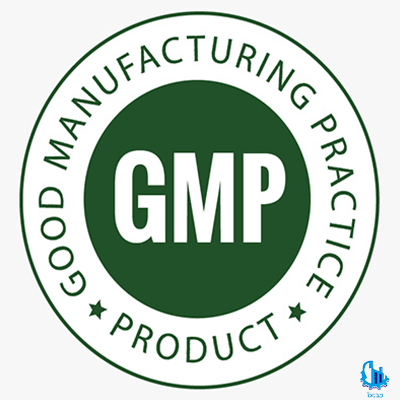
What is a good production method?
In 1992, Good Manufacturing Practice (GMP) was published as guidance for the manufacture of biological and pharmaceutical products. GMP stands for Good Manufacturing Practice and is primarily used in 100 countries including Australia, Europe, China, the Philippines and Vietnam. Each country is responsible for implementing GMP for its region.
In the United States, GMP is enforced by the US FDA through the Current Good Manufacturing Practices (CGMP) and covers a wide range of industries such as cosmetics, food, medical devices, and prescription drugs. CGMP regulations include the minimum requirements for methods, facilities and controls used in the manufacturing, processing, testing and packaging of products. The FDA conducts inspections of facilities in the United States to ensure compliance with CGMP. Serious violations can often lead to a product recall at the FDA’s request.
Pollution and abuse of manufactured products can cause serious risks to people’s health and cause expensive products to be recalled. Beyond regulatory compliance, following good manufacturing practice (GMP) can minimize these risks, improve productivity, and build confidence among customers.
This article provides a brief background and description of GMP Good Manufacturing Practice and provides the basic guidelines promoted by the World Health Organization (WHO) and the Food and Drug Administration (FDA) in following GMP.
What is GMP?
Good Manufacturing Practice, or GMP, is a set of quality assurance practices that are regulated and monitored by regulatory authorities (including the WHO and the US FDA) to ensure that manufacturing processes are carried out accurately. GMP guidelines ensure that manufactured products such as food, cosmetics, and pharmaceutical products are guaranteed to be safe and of good quality. In addition, GMP compliance prevents the risks of misuse, contamination or spoilage of manufactured goods.
10 basic guidelines of GMP
GMP aims to reduce the risks inherent in any manufacturing operation (eg cross-contamination and pharmaceutical manufacturing compounds), save money and create better manufacturing standards. Here are the top 10 guidelines for good GMP manufacturing practice:
Number 1: Set up writing procedures correctly
Establishing detailed written procedures can help workers perform their work more efficiently and in accordance with GMP. Standard procedures must be clearly defined and implemented.
Number 2 : Qualifying and validation processes
After completing the written procedures, validation of the existing system and evaluation of the workers’ performance should be done in the next step. It is at this stage that quality testing is done.
Number 3 : Define roles and responsibilities
Creating job descriptions for each worker avoids misunderstandings and reduces the risk of negatively impacting product quality. With job descriptions that are spelled out, everyone is aware of their duties and issues such as overlapping responsibilities can be avoided.
number 4 : Keep all documentation and records
Keeping documentation and records allows you to track all the activities performed during the production process. Record keeping allows you to document problems, nonconformances, complaints, and other issues related to processes.
Number 5: Use the right facilities and equipment
The design and construction of facilities and equipment used must be in line with the company’s goal of obtaining quality products and ensuring the safety of employees.
Number 6: Assemble a skilled team
All workers must be trained to do the job properly. Assess employee competencies and empower workers through appropriate training.
number 7 : Practice good hygiene
A good hygiene practice is to clean the workplace on a daily basis. Use the 5S method to help identify hazards and eliminate the risk of contamination.
Number 8: Maintain facilities and equipment
Regular maintenance and equipment inspections are essential to determine whether devices and equipment are being properly maintained or need repair or replacement. Inspections also help control safety concerns and prevent accidents and injuries.
Number 9: quality guarantee
Check the quality of materials before using them for production. Ensure material approval and meet product specifications. Rejected items should be stored in a secure area.
number 10: Use GMP Good Manufacturing Practice checklists
GMP audit checklists can help companies comply with GMP guidelines set by regulatory authorities. By performing visual site walks and production assessments, you can identify non-conforming processes and take immediate action to correct areas.

Difference between ISO and GMP
1- ISO (International Organization for Standardization)
The International Organization for Standardization is a voluntary body that develops best practice solutions for business. This is an international standard setting body that is made up of representatives of various national standard organizations. 163 countries in the creation of ISO, the main secretariat is located in Switzerland.
2- GMP good manufacturing method
GMP (Good Manufacturing Practice) is the practices required to comply with the guidelines recommended by the agencies that control the licensing and authorization for the production and sale of food, pharmaceutical products and pharmaceutical active drugs. These guidelines provide the minimum requirements that a pharmacist or a manufacturer of food products must have to ensure that the products are of high quality and do not pose any risk to the consumer.
GMP is the practice required to comply with the guidelines recommended by the agencies that control the licensing and authorization for the production and sale of food, pharmaceutical products and medicinally active drugs. These guidelines provide the minimum requirements that a pharmacist or a manufacturer of food products must have to ensure that the products are of high quality and do not pose any risk to the consumer.
3- Difference between ISO and GMP
ISO and GMP standards both focus on quality assurance, but there is a difference between the two, ISO is a general business-focused standard that supports effective quality management to an internationally recognized level. Best practice in is flexible in that it is flexible about what can be achieved, but allows each company the freedom to determine how to achieve these needs. In contrast, GMP is an industry-specific standard that must be followed to ensure product safety and efficacy.
4- Quality assurance
ISO standards help companies how to apply. Learn the criteria of quality, reliability and safety. They enhance policy processes and procedures to maximize productivity and minimize inefficiencies. The FDA uses GMP to regulate certain industries to protect consumers from harm and also requires companies to meet specifications related to manufacturing, processes, and facilities.
5- Industry concentration
As of May 2014, there are 19,500 ISO standards. Some of them focus on specific industry needs, such as specific food handling or production engineering. Others have a more general focus, such as quality management and social responsibility. FDA GMP standards only apply to drugs, medical devices, blood, and certain cosmetics industries.
6- Voluntary versus mandatory
ISO is a voluntary certification obtained by a company when they determine that certification is beneficial to their operations or marketing strategies. But compliance with GMP is always mandatory and its regulations have a law. If a company fails to meet its commitment, the FDA can track and seize non-compliant products. If the Department of Justice is involved, companies may be forced to pay fines or face penalties.
7- Geographical approach
ISO consists of 162 standards organizations, each of these organizations has a member and represents the interests of a particular country, so it has an international approach. GMP is also recognized internationally, but it is a domestic and not an international system.
8- Issuance of independent certification and its compliance with audit
The ISO certification audit determines the uniformity of the quality of the system with the ISO standard. Each section as well as its sub-sections are audited for compliance with the standard. FDA’s GMP audit is based on FDA’s concern, FDA’s power and economy. It may take two weeks for a company to conduct an audit, as the ISO audit program is not based on the size of the company or any of the employees.
9- Systematic program with milestones and time frame
ISO is a process that needs to be done over a long period of time. In order to get employees to agree to this project, a regular plan (with milestones and time frames) should be developed and everyone should be committed to the plan. The plan should be prepared like a program evaluation chart, PERT (work from end goal – back to project start) program evaluation to ensure that time frames are achievable and realistic. But there is no such thing in GMP.
According to the above, it can be concluded that GMP is an efficient method to improve both the production process and the quality of the products that are made. Investing time and effort in GMP compliance also means investing in safety and reducing risks for customers. Hazards can be identified and work flow developed with the help of GMP checklists.
For free advice on good production methods, contact the experts of Modirfa. 02188764867 – 02188761795




No views